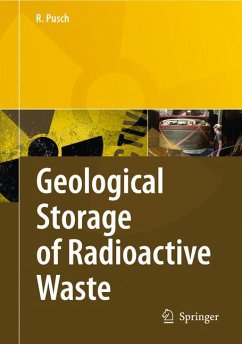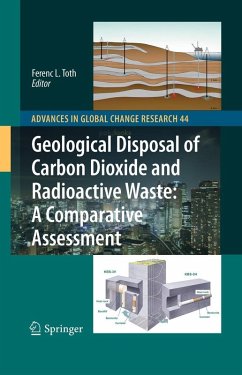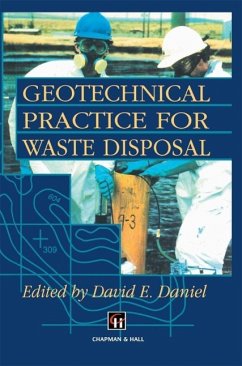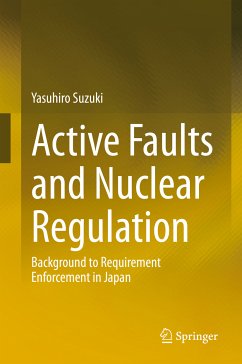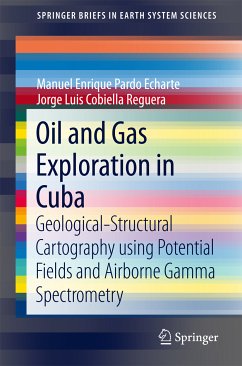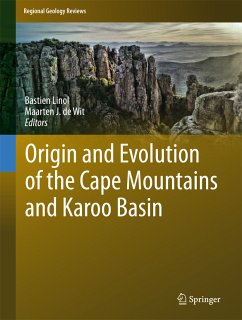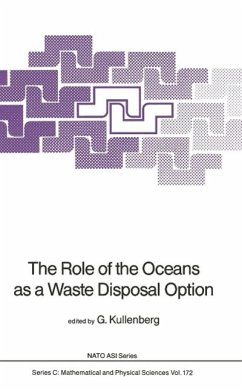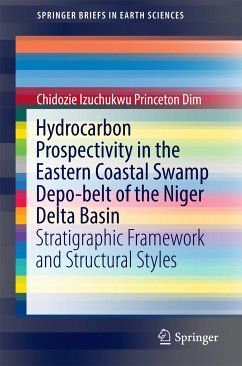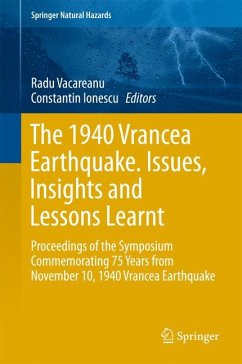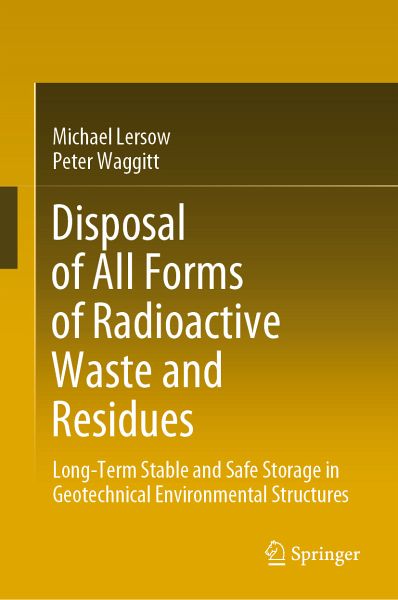
Disposal of All Forms of Radioactive Waste and Residues (eBook, PDF)
Long-Term Stable and Safe Storage in Geotechnical Environmental Structures
Versandkostenfrei!
Sofort per Download lieferbar
40,95 €
inkl. MwSt.
Weitere Ausgaben:

PAYBACK Punkte
20 °P sammeln!
This book describes repository solutions for all types of radioactive waste and residues in different geotechnical repository structures. The focus is initially on existing or planned final disposal sites in Germany and the process of finding sites. However, international comparisons are drawn, especially to locations in the US. This affects both the repository structures and the legal requirements.The radioactive substances considered include residues from uranium ore processing, as well as low and intermediate level radioactive waste up to heat generating, high level radioactive wastes, such...
This book describes repository solutions for all types of radioactive waste and residues in different geotechnical repository structures. The focus is initially on existing or planned final disposal sites in Germany and the process of finding sites. However, international comparisons are drawn, especially to locations in the US. This affects both the repository structures and the legal requirements.
The radioactive substances considered include residues from uranium ore processing, as well as low and intermediate level radioactive waste up to heat generating, high level radioactive wastes, such as spent fuel and vitrified waste from reprocessing.
In order to evaluate the repository structures and their inventories, a dimensionless radiotoxicity index Ai / Fi [activity of radionuclide quantity (Ai) related to the exemption limit of radionuclide (Fi)] has been introduced. This gives the reader a well-founded overview of the degree of inconsistency in the handling of safetyrequirements for the respective geotechnical environmental structures. This creates the necessary transparency on this issue, which has not been previously available and is required by stakeholders today. The long-term security, the duration of the observation period and the certainty of the safety prognosis are also discussed in the book as well as the participation of subsequent generations in current and possible future repositories. This is vital as nuclear energy will continue to be used worldwide in the long term.
The international repository projects presented have all been subjected to the same evaluation criteria. This applies both to existing operational project as well as those about to be commissioned and the processes for seeking locations. Special attention has been paid to monitoring, both operational and long-term monitoring. This broad range of topics makes this book a very valuable read for both the interested public and the professional world.
The radioactive substances considered include residues from uranium ore processing, as well as low and intermediate level radioactive waste up to heat generating, high level radioactive wastes, such as spent fuel and vitrified waste from reprocessing.
In order to evaluate the repository structures and their inventories, a dimensionless radiotoxicity index Ai / Fi [activity of radionuclide quantity (Ai) related to the exemption limit of radionuclide (Fi)] has been introduced. This gives the reader a well-founded overview of the degree of inconsistency in the handling of safetyrequirements for the respective geotechnical environmental structures. This creates the necessary transparency on this issue, which has not been previously available and is required by stakeholders today. The long-term security, the duration of the observation period and the certainty of the safety prognosis are also discussed in the book as well as the participation of subsequent generations in current and possible future repositories. This is vital as nuclear energy will continue to be used worldwide in the long term.
The international repository projects presented have all been subjected to the same evaluation criteria. This applies both to existing operational project as well as those about to be commissioned and the processes for seeking locations. Special attention has been paid to monitoring, both operational and long-term monitoring. This broad range of topics makes this book a very valuable read for both the interested public and the professional world.
Dieser Download kann aus rechtlichen Gründen nur mit Rechnungsadresse in A, B, BG, CY, CZ, D, DK, EW, E, FIN, F, GR, HR, H, IRL, I, LT, L, LR, M, NL, PL, P, R, S, SLO, SK ausgeliefert werden.



